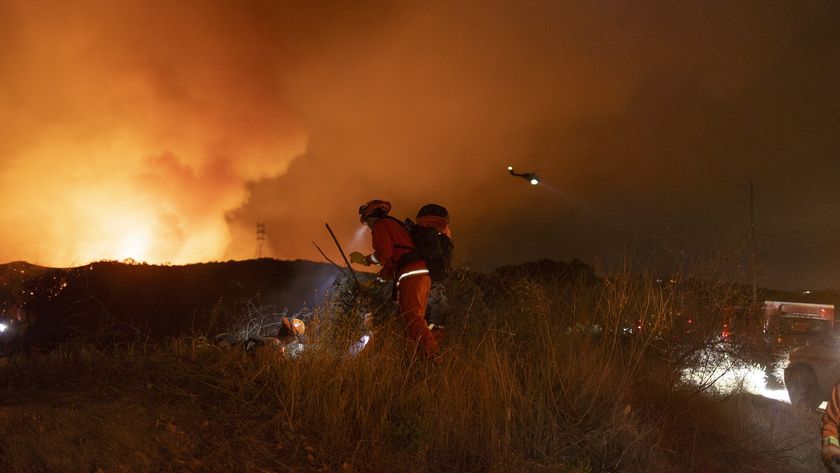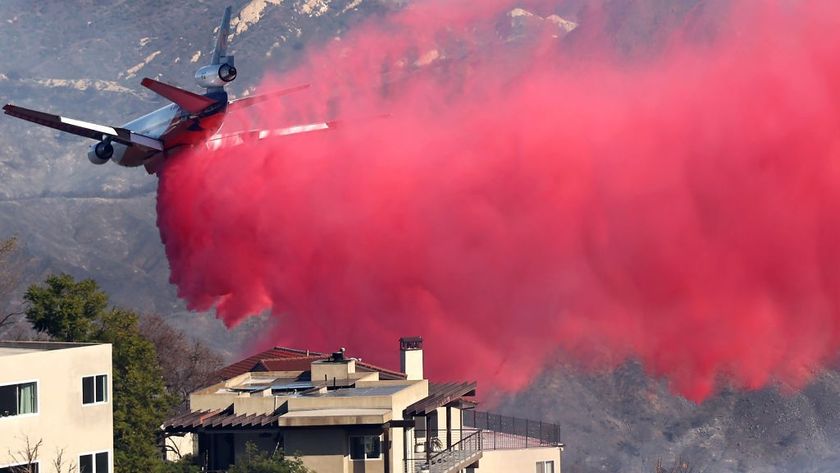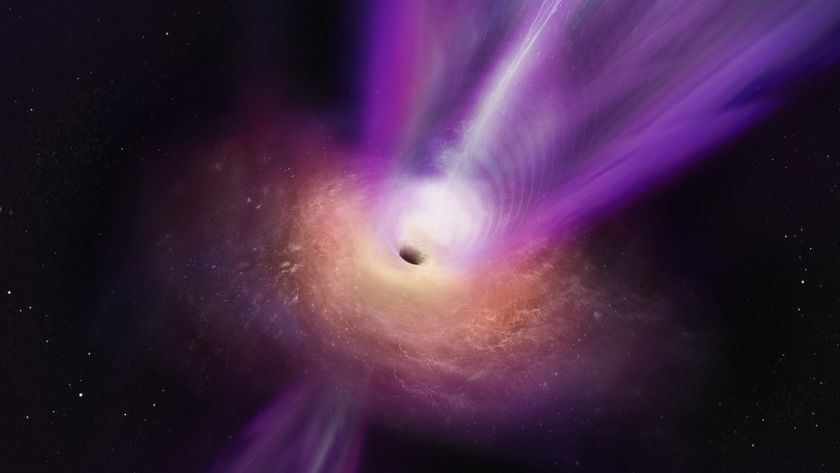Wildfires Release as Much CO2 as Cars

Large wildfires in the western United States can pump as much carbon dioxide into the atmosphere in just a few weeks as cars do in those areas in an entire year, a new study suggests.
As forest fires devour trees and other plants, they release the carbon stored in the vegetation into the atmosphere.
Scientists at the National Center for Atmospheric Research (NCAR) and the University of California used satellite observations of fires and a computer model to estimate just how much carbon dioxide is released based on the amount of vegetation that is burned. The results of the study are detailed in the online journal Carbon Balance and Management.
Overall, the study estimated that fires in the contiguous United States and Alaska release about 290 million metric tons of carbon dioxide a year, which is about 4 to 6 percent of the amount of the greenhouse gas that the nation releases through fossil fuel burning.
These fires can contribute a larger proportion of the carbon dioxide released in several western and southeastern states, including Alaska, Idaho, Oregon, Montana, Washington, Arkansas, Mississippi and Arizona.
Supporting research
Another new study, detailed in the Nov. 1 issue of the journal Nature, found that over the past 60 years, forest fires have had the greatest direct impact on carbon emissions from the boreal forests located in the higher latitudes of Canada, Alaska and Siberia, both by the amount of carbon released as the forests burn and the emission of carbon dioxide from the soil as the sun reaches through the empty branches and promotes faster decomposition.
Sign up for the Live Science daily newsletter now
Get the world’s most fascinating discoveries delivered straight to your inbox.
Fires that become large enough can release huge pulses of the gas into the atmosphere very rapidly.
"A striking implication of very large wildfires is that a severe fire season lasting only one or two months can release as much carbon as the annual emissions from the entire transportation or energy sector of an individual state," the authors of the NCAR study wrote.
California fires
After last week's devastating wildfires in southern California, the NCAR study's author, Christine Wiedinmyer, analyzed the emissions with the model. She estimated that the fires emitted 7.9 million metric tons of carbon dioxide from Oct. 19 through Oct. 26, the equivalent of about 25 percent of the average monthly emissions from all fossil fuel burning in the entire state of California.
"Enormous fires like this pump a large amount of carbon dioxide quickly into the atmosphere," Wiedinmyer says. "This can complicate efforts to understand our carbon budget and ultimately fight global warming."
Exactly what the impacts of fire emissions on climate change are is unclear as vegetation tends to grow back over the scorched area, and may absorb as much carbon dioxide as was released during the blaze.
Many states, including California have not yet decided whether or not to include wildfire emissions when setting greenhouse gas targets.
- Video: Putting Out Forest Fires
- Is Global Warming Fueling Forest Fires?
- Natural Disasters: Top 10 U.S. Threats

Andrea Thompson is an associate editor at Scientific American, where she covers sustainability, energy and the environment. Prior to that, she was a senior writer covering climate science at Climate Central and a reporter and editor at Live Science, where she primarily covered Earth science and the environment. She holds a graduate degree in science health and environmental reporting from New York University, as well as a bachelor of science and and masters of science in atmospheric chemistry from the Georgia Institute of Technology.












